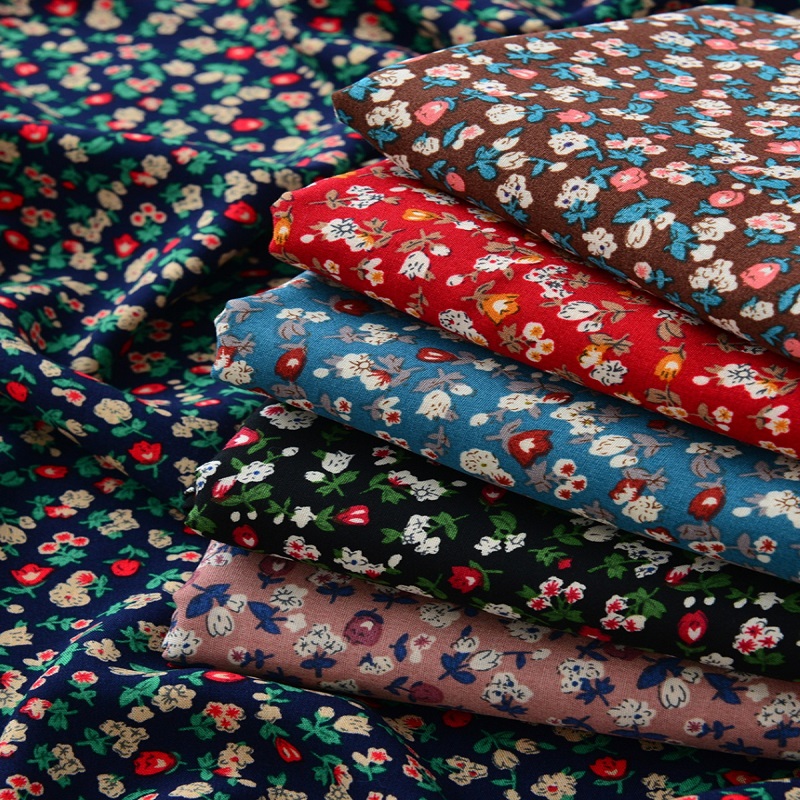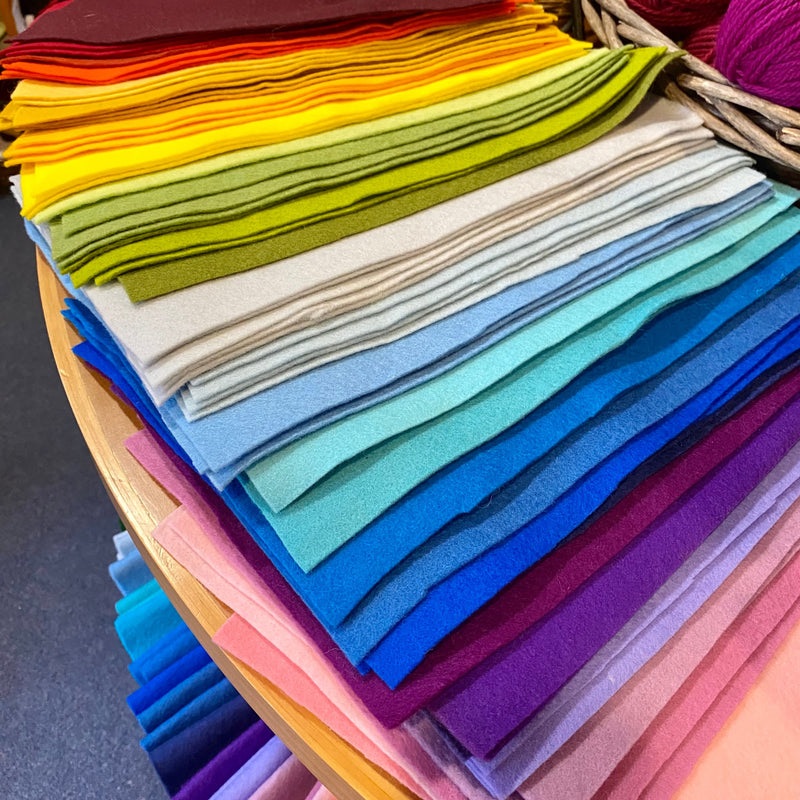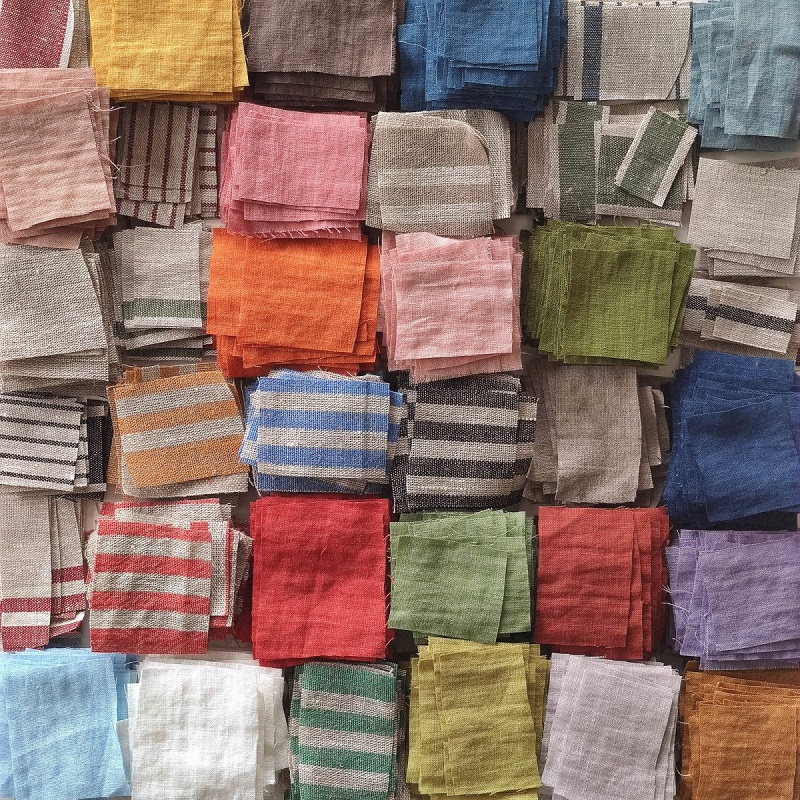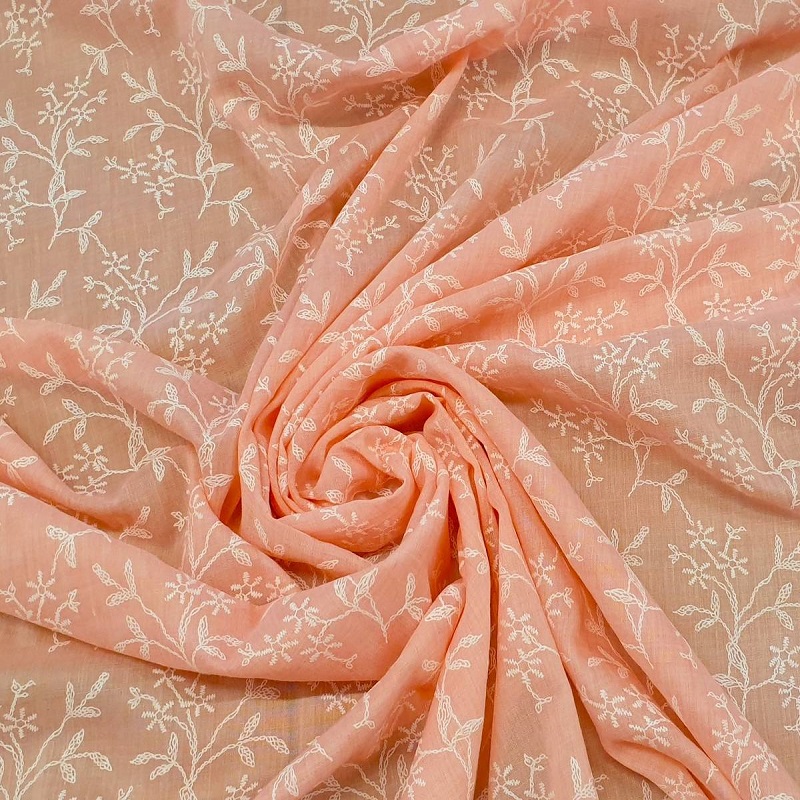Understanding Fabric Paint Stains
What is Fabric Paint?
Fabric paint is a versatile medium used for creating designs on various fabrics, from clothes to upholstery. Unlike regular paint, fabric paint is formulated to adhere to fabric fibers and remain flexible after drying. It’s designed to be durable and resistant to washing, making it a popular choice for DIY projects. However, these qualities can make fabric paint stains challenging to remove, especially if they’ve set in.
How Fabric Paint Affects Different Fabrics
Fabric paint can interact differently with various types of fabrics. Natural fibers like cotton and linen tend to absorb paint more readily, which can make the stains more difficult to remove. Synthetic fabrics such as polyester or nylon may resist paint better but can still become stained. Understanding the type of fabric you’re dealing with is crucial in choosing the right removal method to effectively address the stain without damaging the material.
Immediate Actions for Fresh Paint Stains
Blotting and Removing Excess Paint
When you notice a fresh fabric paint stain, acting quickly can significantly improve your chances of successful removal. Use a clean cloth or paper towel to gently blot the stain, absorbing as much excess paint as possible. Avoid rubbing or scrubbing, as this can push the paint deeper into the fabric fibers. Blotting helps lift the paint off the surface and prevents it from spreading, setting you up for a more effective cleaning process.
Pre-Treating the Stain
After blotting, pre-treat the stain to break down the paint and make it easier to remove. Apply a stain remover or a mixture of mild detergent and water directly to the affected area. Gently work the solution into the fabric with your fingers or a soft brush, taking care not to damage the fibers. Let the pre-treatment sit for at least 15 minutes to allow it to penetrate and loosen the paint. This step is crucial for loosening the paint before washing or further cleaning.

Washing and Rinsing Techniques
Machine Washing Instructions
If the fabric paint stain is on a washable item, machine washing can be an effective method for removal. Check the care label on your fabric to ensure it’s machine washable. Wash the item in the warmest water temperature safe for the fabric, using a regular laundry detergent. Adding a cup of white vinegar to the wash can help break down the paint further. Monitor the washing process to ensure the stain is addressed; if necessary, repeat the washing cycle until the stain is gone.
Hand Washing for Delicate Fabrics
For delicate fabrics or items that are not machine washable, hand washing is a gentler option. Fill a basin with lukewarm water and add a mild detergent. Submerge the stained fabric and gently agitate the water to help the detergent penetrate the paint stain. Use your fingers or a soft brush to work the detergent into the stain, being careful not to damage the fabric. Rinse the fabric thoroughly with clean water to remove all traces of detergent and paint. Repeat the process if necessary, ensuring that the stain is completely removed before drying.
Specialized Cleaning Products and Techniques
Using Commercial Stain Removers
Commercial stain removers designed for paint or ink stains can be effective tools for removing fabric paint. Look for products specifically labeled for use on fabrics and follow the manufacturer’s instructions carefully. Apply the stain remover to the affected area, allowing it to sit for the recommended time. Use a soft brush or cloth to gently work the product into the fabric, then rinse thoroughly. Commercial products often contain enzymes or solvents that break down paint more effectively than home remedies.
DIY Solutions for Fabric Paint Removal
For those who prefer natural or DIY solutions, several home remedies can help remove fabric paint. A mixture of baking soda and vinegar is a popular choice; apply the paste to the stain and let it sit for 30 minutes before rinsing. Another effective option is to use rubbing alcohol or acetone, but these should be tested on a small, inconspicuous area first to ensure they do not damage the fabric. Always follow up with thorough rinsing and washing to remove any residue.
Removing Fabric Paint from Upholstery
Spot Cleaning Techniques for Upholstery
Upholstery can present a unique challenge when dealing with fabric paint stains. For spot cleaning, start by gently blotting the area with a clean cloth to absorb as much paint as possible. Use a specialized upholstery cleaner or a mixture of mild detergent and water to treat the stain. Apply the cleaner with a soft brush or cloth, working from the outside of the stain inward to prevent spreading. Rinse with a clean, damp cloth and blot dry with a towel. Avoid over-wetting the upholstery, as this can lead to damage or mold.
Professional Upholstery Cleaning Options
If the stain persists or if you’re dealing with a valuable or delicate piece of upholstery, professional cleaning services may be necessary. Professional cleaners have access to advanced tools and cleaning solutions that can address stubborn stains more effectively than home methods. They can assess the type of fabric and stain, using specialized techniques to ensure a thorough and safe cleaning process. Investing in professional cleaning can help preserve the appearance and integrity of your upholstery.

Preventing Future Fabric Paint Stains
Protective Measures for Fabric
To prevent future fabric paint stains, consider using protective measures such as fabric covers or slipcovers. These can act as a barrier between the paint and the fabric, making it easier to clean any accidental spills. Additionally, using a drop cloth or newspaper when working with fabric paint can help protect surfaces and reduce the risk of stains. Regularly inspecting and maintaining these protective measures can help keep your fabric looking pristine.
Prompt Clean-Up Practices
Adopting prompt clean-up practices can also reduce the likelihood of stubborn stains. If paint spills occur, clean them up immediately to prevent the paint from setting into the fabric. Keeping a stain removal kit on hand can help you address spills quickly and effectively. By taking swift action and following proper cleaning techniques, you can minimize the impact of fabric paint accidents and maintain the appearance of your fabrics.
Fabric-Specific Tips and Tricks
Cotton and Linen Fabrics
Cotton and linen fabrics are more absorbent and can hold paint stains deeply. For these materials, pre-treat the stain with a mixture of laundry detergent and water, and use a soft brush to gently scrub the area. Washing the fabric in the hottest water safe for cotton or linen can enhance stain removal. Adding a cup of oxygen bleach to the wash can also help lift stubborn stains. Ensure the fabric is thoroughly rinsed and dried before use.
Synthetic Fabrics (Polyester, Nylon)
Synthetic fabrics like polyester and nylon can be less absorbent but may still hold paint stains. Use a stain remover specifically formulated for synthetic fibers or a mixture of dish soap and water. For these fabrics, cold water is generally recommended, as hot water may set the stain further. Be cautious with solvent-based cleaners, as they can sometimes damage synthetics. After treating the stain, wash the fabric as per the care label instructions and ensure all cleaning agents are rinsed out completely.

Final Thoughts on Fabric Paint Removal
Assessing the Success of Stain Removal
After attempting various removal techniques, assess the success of the stain removal process. Check the fabric for any remaining traces of paint or discoloration. If the stain persists, you may need to repeat the cleaning process or seek professional help. Assessing the outcome helps you determine the effectiveness of your chosen method and make any necessary adjustments to your cleaning approach.
Maintaining Fabric Integrity and Appearance
Maintaining the integrity and appearance of your fabric is essential after stain removal. Ensure that the fabric is fully dried and free of any cleaning product residues. Regular cleaning and proper care can help extend the lifespan of your fabrics and prevent future staining issues. By following these tips and tricks, you can effectively address fabric paint stains and keep your fabrics looking their best.









